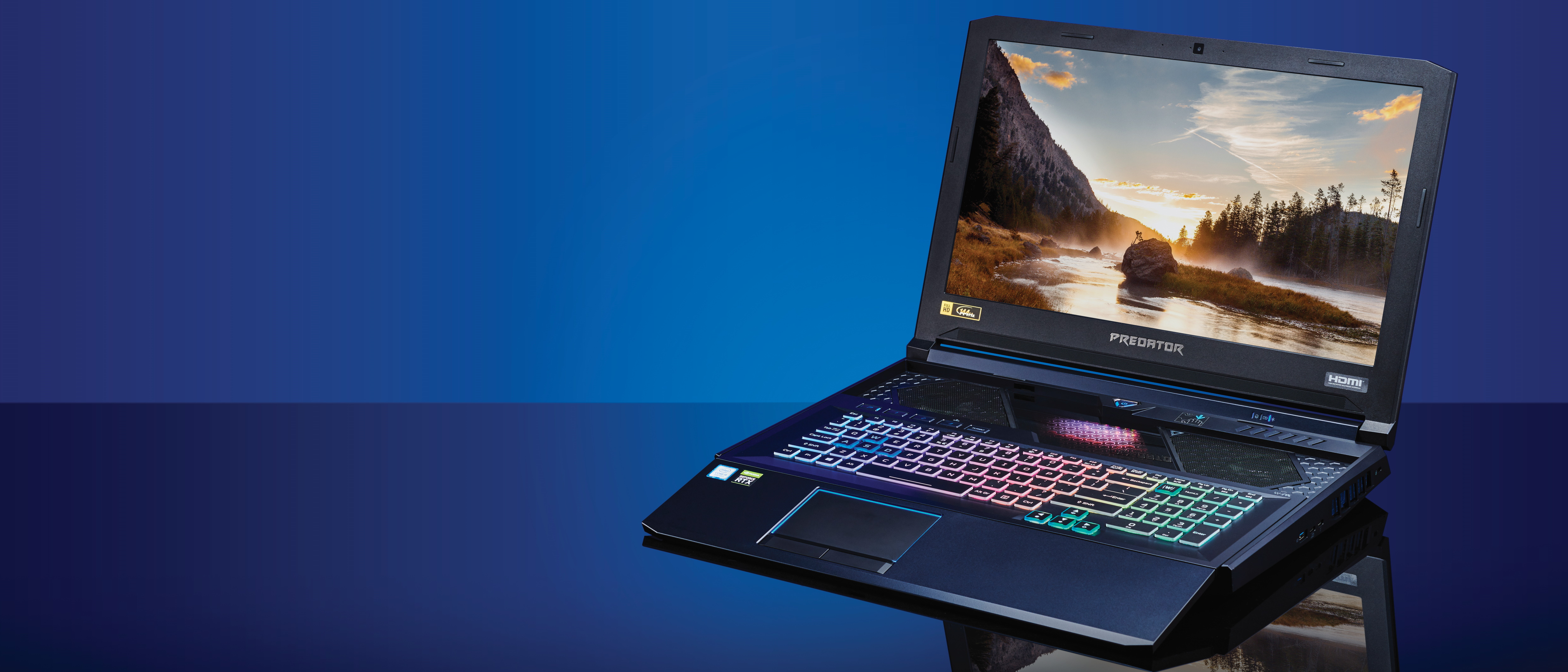TechRadar Verdict
Acer’s portable gaming beast packs an eight-core CPU, Nvidia’s finest graphics and extreme cooling hardware. Its aim? To bash high-end gaming desktops.
Pros
- +
Epic specification
- +
Outrageous cooling hardware
- +
Huge performance
Cons
- -
Ridiculous noise levels
- -
The overclocking ain’t all that
- -
Barely a laptop at all
Why you can trust TechRadar
Be careful what you ask for. You might just get it. If what you’re asking for is a laptop with genuine, bona fide desktop-bashing games performance, Acer wants to give it to you with the insane new Predator Helios 700. Whether you’ll be pleased you asked the question, well, that’s the interesting bit.
It’s interesting because the Acer Helios 700 does things a bit differently. We’ve seen beastly 17-inch gaming laptops before. But not quite like this. The Helios’ signature feature and party trick is a slide-out keyboard designed to improve the thermals and performance of its eight-core Intel CPU and range-topping Nvidia RTX 2080 graphics.
Without giving too much away at the get go, it definitely delivers on that remit. But it also comes at a cost. And we’re not just talking about the 700’s hefty price tag.
Of course, in this part of the market, laptops with pricing above $3,000 or £3,000 are almost the norm. Alienware’s Area-51m will break that barrier suitably specified. Indeed, Asus’s ROG Mothership has been priced up at $10,000, though it’s not totally clear if you can actually buy it.
In other words, if you want lots of gaming bang in a laptop, you’re going to have to hand over plenty of bucks. The usual value metrics don’t entirely apply. What does matter is how good Acer’s latest big-boned beast is at gaming.
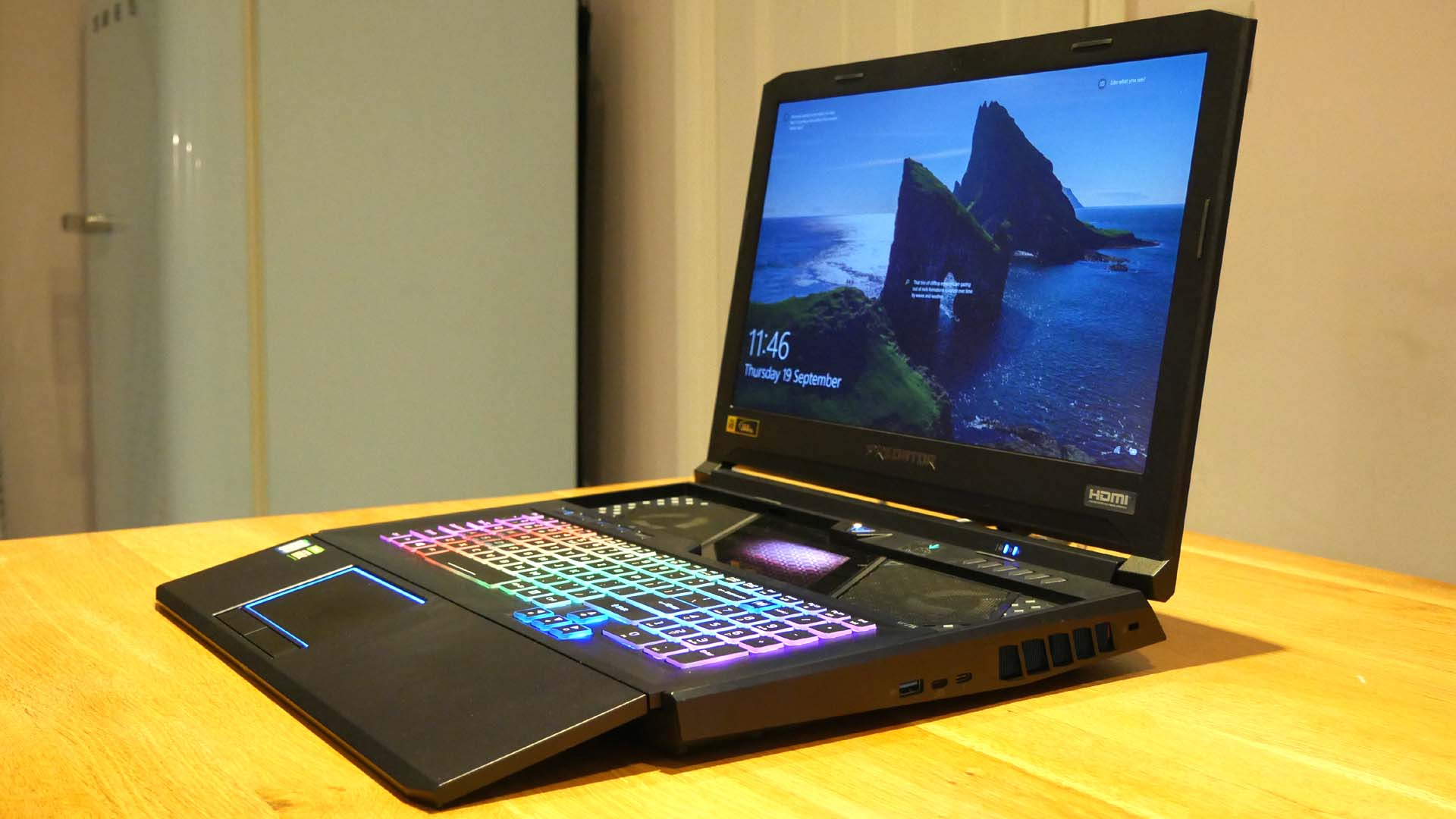
Here is the Acer Predator Helios 700 configuration sent to TechRadar for review:
CPU: 2.4GHz Intel Core i9-9980HK (eight-core, 16MB cache, up to 5GHz Turbo)
Graphics: Nvidia GeForce RTX 2080 (8GB GDDR6)
RAM: 64GB DDR4
Screen: 17.3-inch, 1920 x 1080, IPS, 144Hz, G-Sync
Storage: 2x 1TB SSD, 1x 2TB HDD
Ports: 3x USB, 2x USB-C, LAN, HDMI, DisplayPort
Connectivity: 802.11ac WLAN, Bluetooth 5.0, Gigabit Ethernet
Camera: HD webcam
Weight: 10.8 pounds (4.9 kg)
Size: 16.9 x 11.8 x 1.6 inches (43 x 30 x 4 cm; W x D x H)
Price and availability
You can pick up one of these monsters for less than you might expect. Equipped with an RTX 2070, 16GB of RAM and a 512GB SSD, it’s yours for $2,199.99 (£2,499, around AU$3,200). However, as configured here, well, you’d better sit down.
The closest currently available configuration in the UK clocks in at £3,499. But that’s with 32GB of RAM and dual 512GB SSDs and will likely be available at a similar dollar price in the US.
There's also a US model with an octa-core Intel Core i9-9880HK processor, RTX 2080, 32GB RAM and 1TB SSD for $3,499.99.
Meanwhile, this particular rig has 64GB of RAM and dual 1TB SSDs. So there’s a good chance you’ll be looking at a price that starts with a 4. Yikes.
That said, the Alienware Area-51m in a comparable spec is over £4,000 / $4,000. So it goes with the territory.
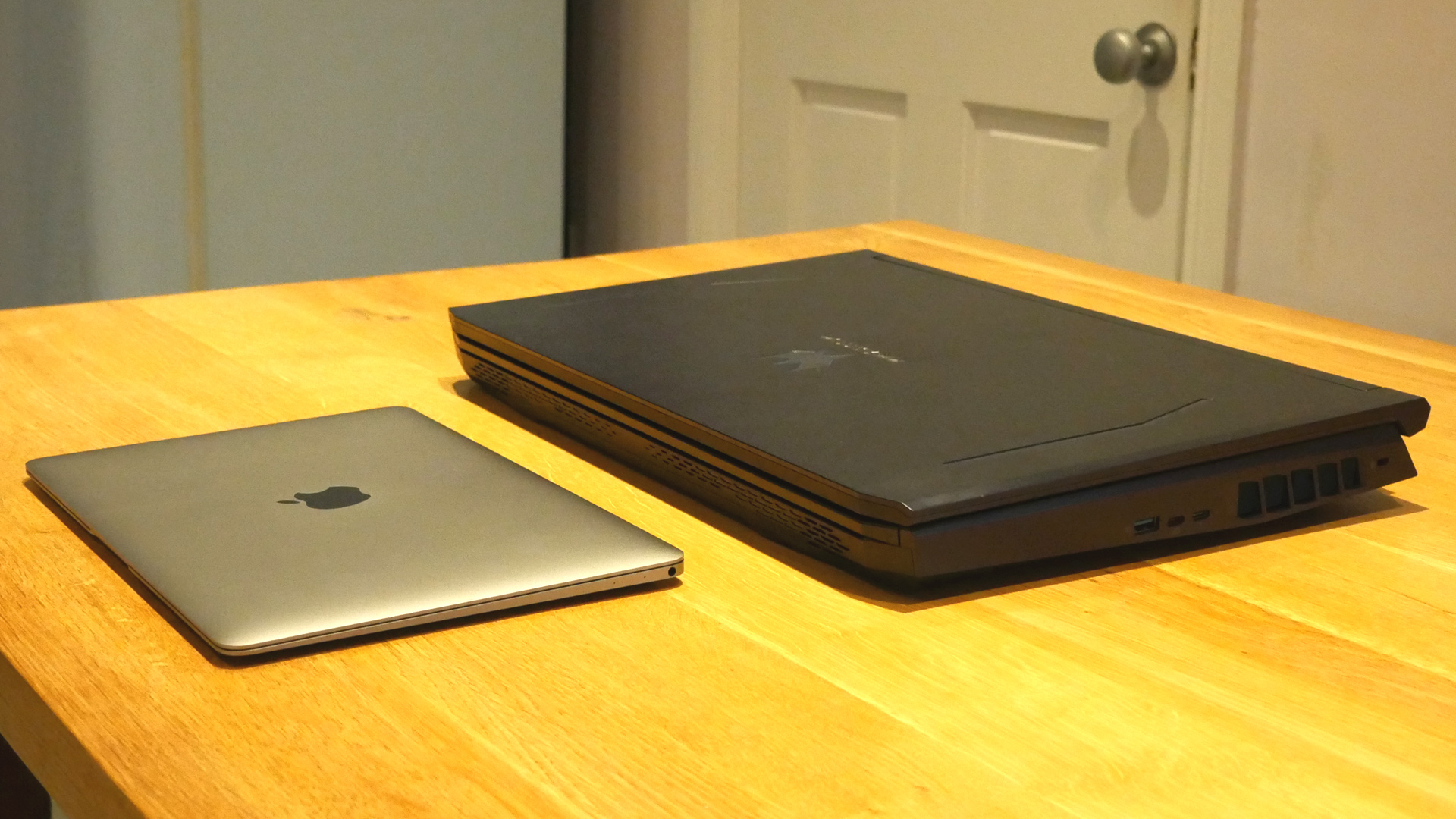
Design
With the likes of the Alienware Area-51m, plus Asus’s ROG Mothership and Zephyrus models, already shaking things up, it's safe to say that there’s no shortage of innovative gaming laptops on the market. But the new Acer Predator Helios 700 still carves out its own distinctive niche.
It all centers on a so-called ‘HyperDrift’ keyboard and palm rest that slides towards the user, with the latter section eventually hinging down to the desktop to provide a comfortable and unusually ergonomic solution, especially for such a thick portable.
But those ergonomics are arguably a fringe benefit. The main event is the thermal advantages the sliding keyboard enables. It allows for airflow right through the heart of the chassis. To achieve just that, Acer has fitted a pair of very powerful fans.
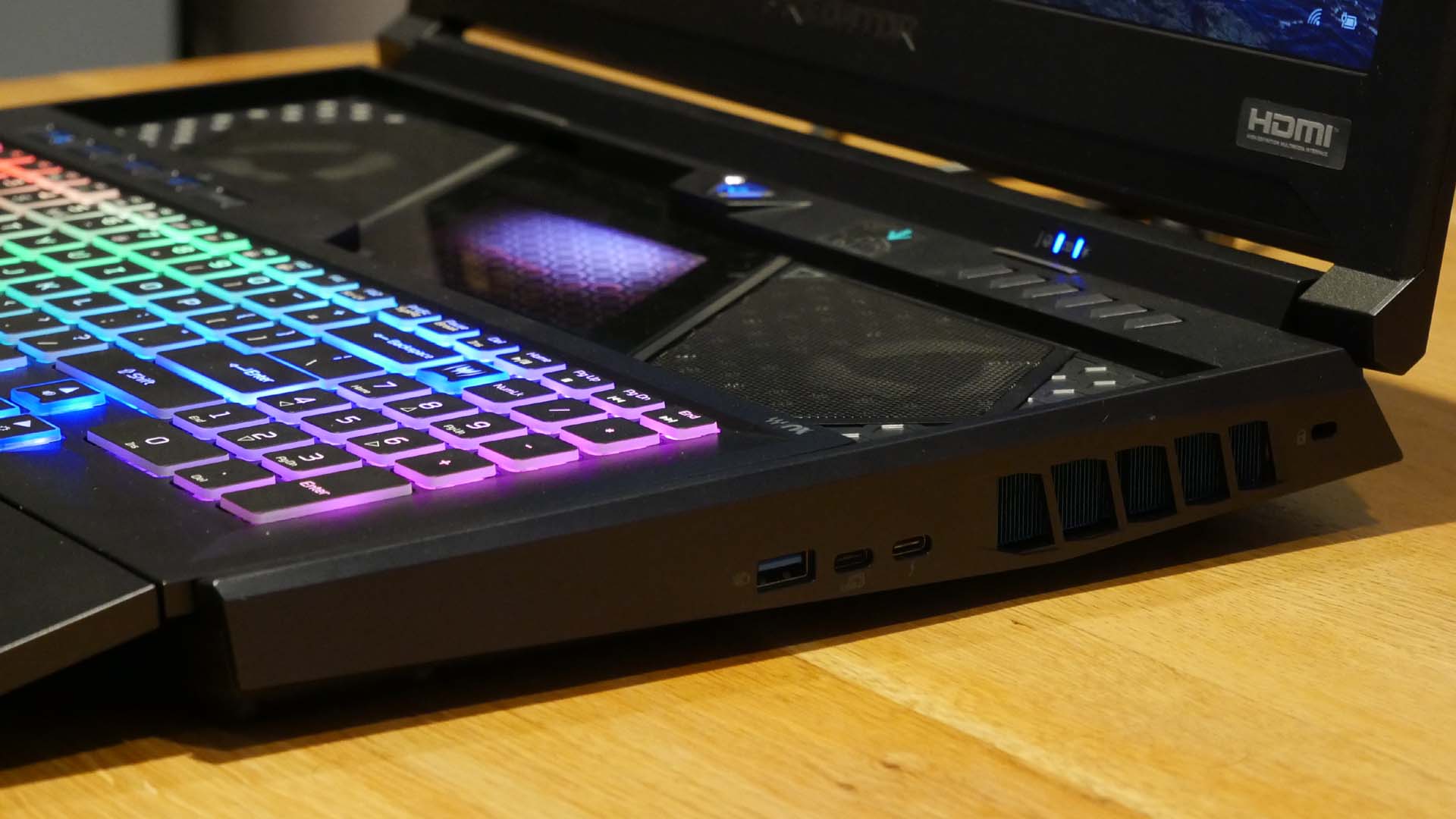
The upshot is what Acer claims is the ability to unlock the true performance potential of its key components. Indeed, you have direct control over that capability through the PredatorSense app, which includes access to overclocking settings for those key chips.
Speaking of which, the core components in the system sent to us by Acer are positively epic.
First up, you get an Intel Core i9-9980HK eight-core CPU. Paired with that is an Nvidia Geforce RTX 2080 GPU. In other words, this rig has the very finest mobile processor and graphics money can buy combined with what might just be the best thermals yet in a laptop.
Elsewhere, this particular config has a slightly potty 64GB of RAM, plus a pair of WD Black SN720 1TB SSDs in raid configuration, not to mention another 2.5-inch 2TB drive for further mass storage. Phew. What a monster.
Further details include Acer’s own ‘Linear Switch Technology’ for the gaming-critical WASD keys and built-in 5.1 surround sound including a subwoofer, among a very long list of what you might call more peripheral features.
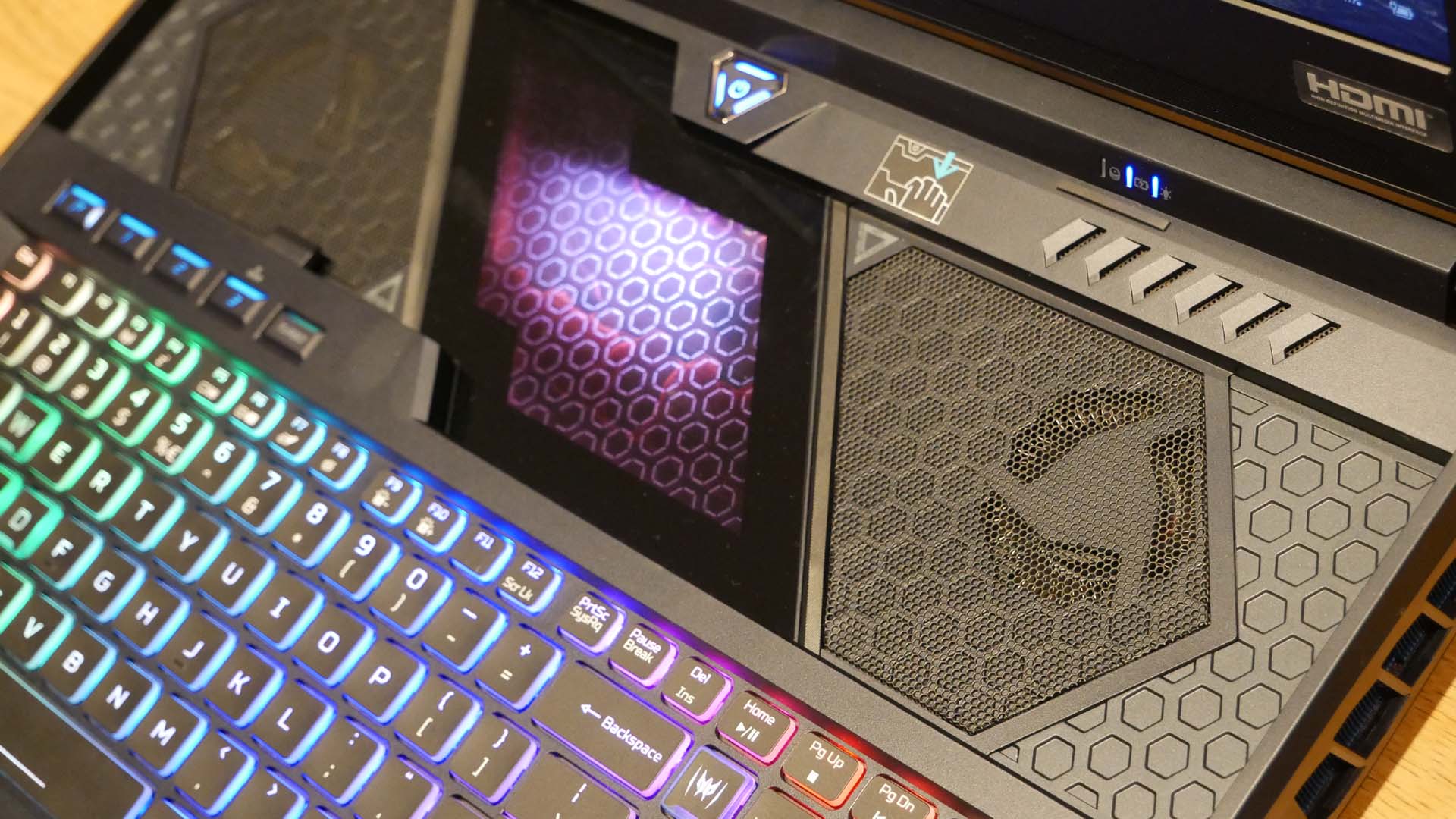
It’s also worth bearing in mind the sheer scale of this machine. It’s over an inch and a half thick and weighs nearly 5kg. It’s massive. Add further mass for the huge power brick and factor in the implications of a big bezel around a 17.3-inch screen. Portable the Helios most certainly ain’t.
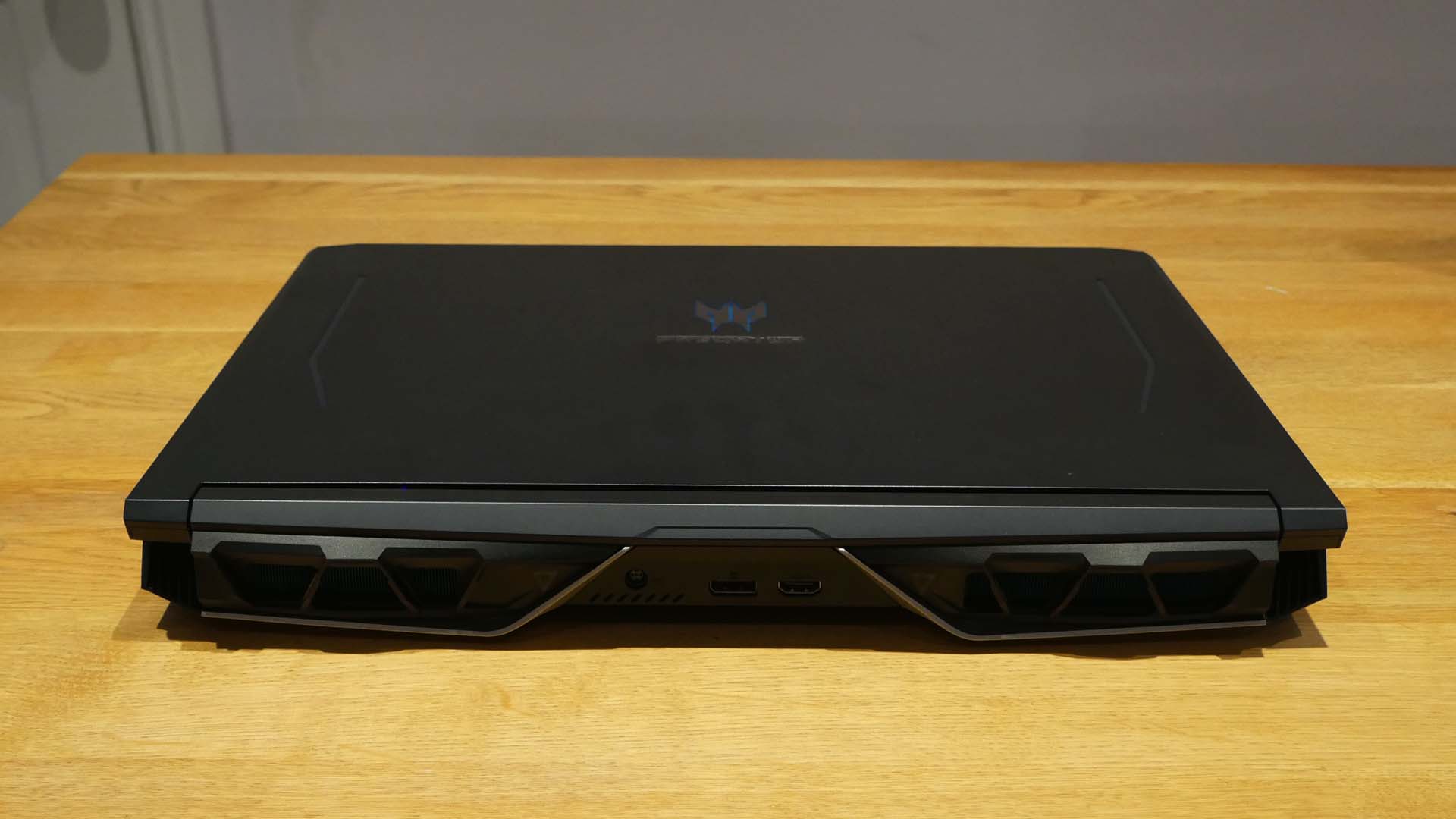
Display
And, of course, there's the screen. Acer has opted for a 17.3-inch IPS panel complete with 144Hz refresh, Nvidia G-Sync and a native 1080p resolution. The latter spec is the one element of the Predator Helios 700 that seems a little sub par. Just 1080p? On a high end gaming rig?
Part of the problem, possibly, is limited availability of a suitable 1440p panel for laptop systems. 4K panels are available, but 4K is arguably overkill on a 17-inch panel for gaming and would make for much lower frame rates.
Whatever you think of the 1080p resolution, however, one thing is for sure: there are some seriously meaty bezels around that panel, giving the Helios a chunky, fairly dated look.
As for the broader build quality, it’s all plastic and not especially pleasing. It feels robust enough, but compared to the likes of, for instance, the Alienware Area-51m, the Helios clearly lacks sophistication.
Technology and cars. Increasingly the twain shall meet. Which is handy, because Jeremy (Twitter) is addicted to both. Long-time tech journalist, former editor of iCar magazine and incumbent car guru for T3 magazine, Jeremy reckons in-car technology is about to go thermonuclear. No, not exploding cars. That would be silly. And dangerous. But rather an explosive period of unprecedented innovation. Enjoy the ride.
